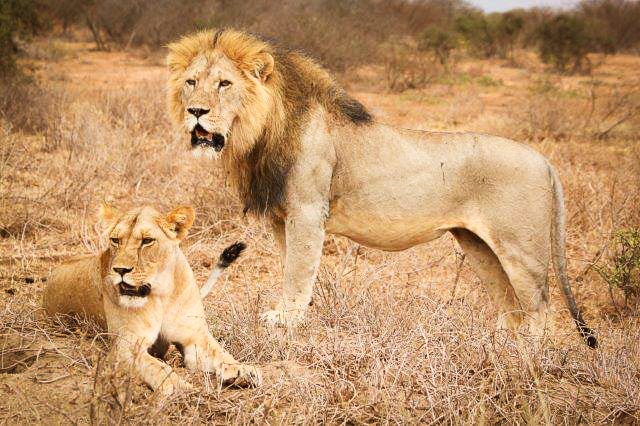Learning to Live with Lions
On the Kenyan savannah, a new model for community-based conservation takes root.

Photo by Abbey Perreault
On a cool, gray morning, Wilson ole Kasaine heads out along a dirt path deep in the savannah of southern Kenya. A red cotton cloth known as a shuka is draped across his shoulders, accented by brightly-beaded jewelry worn to indicate seniority. Soft-spoken and serious, Kasaine pauses to take note of a small tree stripped of its bark by a hungry elephant. The calmness of his gait makes it easy to forget that he’s in pursuit of one of the most dangerous — and endangered — predators in the world.
Keep reading with a 7-day free trial
Subscribe to Narratively to keep reading this post and get 7 days of free access to the full post archives.



